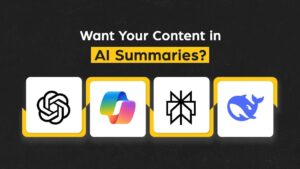The fitness sector has seen significant technical advancements, mostly as a result of the introduction and widespread usage of several fitness apps that allow users to track their progress and observe all changes in real-time.
If you are looking to join the wagon & create your own fitness app, then you are on the right page. This article will teach you how to create a fitness app, as well as different monetization strategies and fitness app development costs.
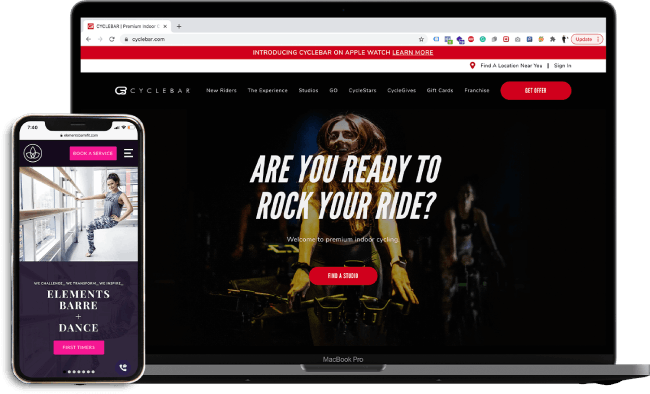
In fact, according to a study conducted in early 2019, it was predicted that the fitness apps market will reach $14.7 billion by 2026, with a CAGR of about 23%.
Before we understand what goes behind building a successful & great fitness application? Let’s understand:
What are the main features of a Fitness App?
1) Keep track of your progress.
The app keeps track of your progress. It tells you if you’re heading on the right path or not. If you’re making progress, stick with your plans; if not, it’s time to adjust them.
2) Get free workout ideas.
The fitness app also includes blogs and articles that provide you with some of the best and most effective workout ideas to help you meet your goals.
3) Set goals you can achieve.
You must set goals for how much weight you want to lose and how quickly you want to lose it. As a result, you can use health and fitness smartphone apps to set and attain realistic goals.
4) Monitor your diet regularly.
Everyone who wants to keep in shape must adhere to a strict eating regimen. Fitness apps can track your calorie and nutrient consumption based on the foods you eat during the day and night.
Let’s move ahead and understand how to create a fitness app that fits your lifestyle and pushes you towards a healthier way of living. There are various kinds of fitness apps available in the market nowadays, offering different services to different sections of people.
Types of Fitness Apps
-
Personal trainer apps
Personal trainers hold clients accountable for their exercise goals. Thus, they design customized workout plans based on the individual’s specific health and fitness requirements. Such apps provide a set of exercises that can be tailored to each individual only by selecting the difficulty level and set of exercises that they prefer.
-
Logbook apps
Apps like this help keep track of fitness progress or changes in health conditions. However, users will find a library of workouts and training regimens for a variety of reasons.
-
Workout fitness apps that pair with devices
If you use a fitness bracelet or smartwatch during your workouts, you may link it to the fitness program. All of the data collected by these devices will appear in the app on your smartphone right away.
-
Fitness Apps for Women
The entire app industry is dedicated to making exercise easier and more enjoyable for women, no matter what kind of workout they want to do—jogging, barre, weight training, stair climbing, you name it—it also keeps track of their progress so they don’t have to.
-
Free Fitness Apps
A gym membership can rapidly add up to a significant annual cost, but that shouldn’t stop you from maintaining your physical fitness. Consider getting a free workout app instead.
What Is Needed To Build A Fitness App?
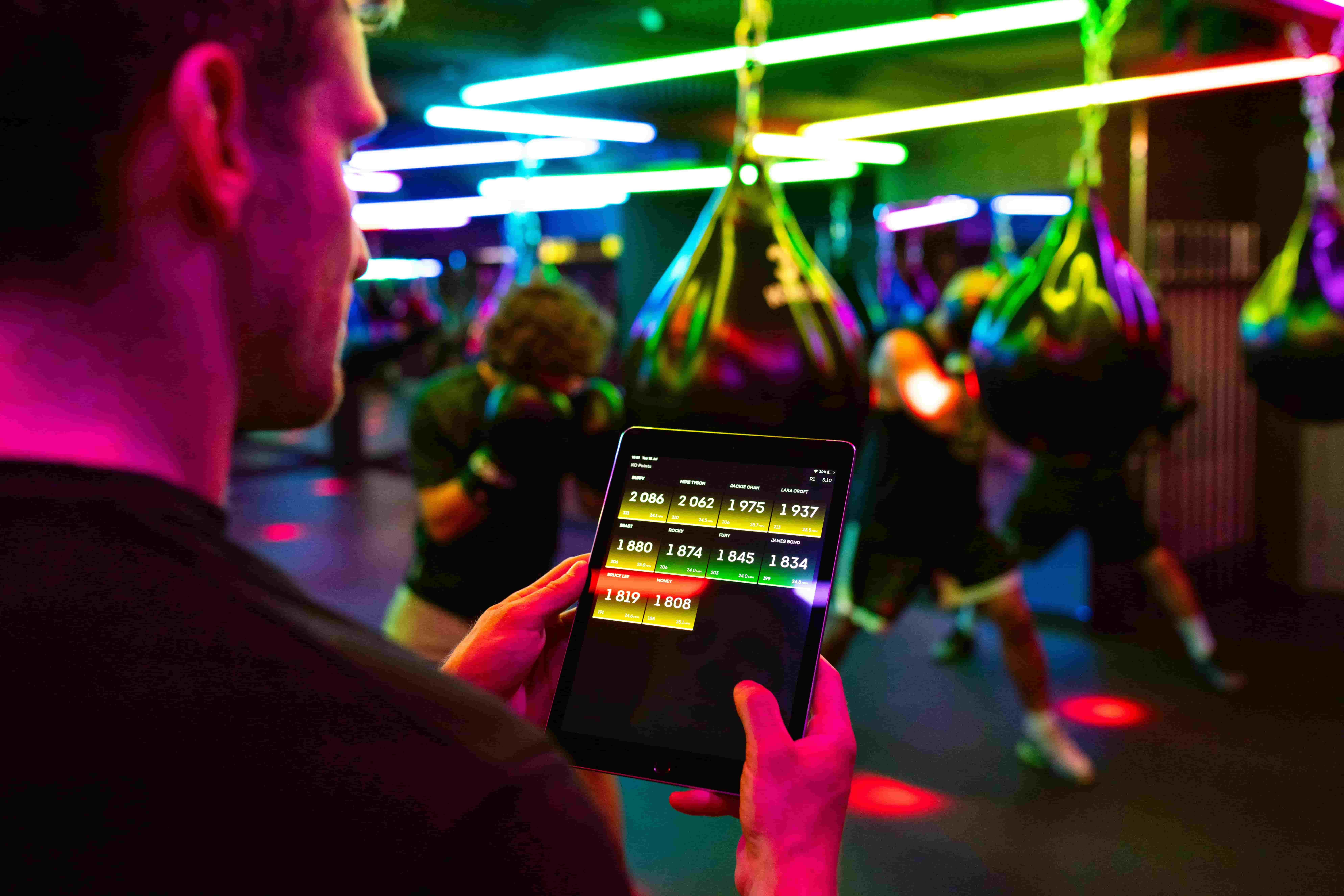
1) Choose The Fitness App Type You Need
Conduct thorough market research, study the latest trends & incorporate them into your application-building process. You may use this information to figure out exactly what kind of software you want. It will also make it easy to determine the features that can be included in your fitness app as you develop it.
2) Focus on App’s Features
-
User Profile
Users can customize their experience by adding information such as their weight, height, exercise level, and other factors. A profile is also a great location to brag about our accomplishments.
-
Workouts
Video streaming is the most frequent way to deliver exercises, but you can also discover image-based instructions with voice prompts. Workouts must be changeable by a difficulty level because we all have various shapes. Remember to include an exercise regimen and calendar.
-
Maps & Routes
If your fitness planner app can do the following, your consumers will be overjoyed during a workout:
- Automatically place map markers for achievements
- Identify areas of the track where the user can improve
- At a glance, it provides crucial information such as speed and tempo.
-
Notification
One thing to keep in mind concerning alerts is that they are easy to abuse and cause clients to turn them off. When it comes to wellness app development, on the other hand, providing daily motivational quotations and reinforcing positive messaging is critical, and you’ll need to think outside the box to ensure you’re making an impact.
-
Integration with Audio Streaming Apps
You can do that by:
- Offering ready playlists and letting users share their own playlists
- Picking songs with a tempo that matches users’ heart rate or pace
- Highlighting tracks that get users to perform at their best.
-
Meal Plans & Calorie Counting
You can improve this feature by doing the following: Add barcode scanning and nutrition data from outside sources to the mix, dynamically change meal recommendations based on calories consumed/spent, & allow customers to monitor their water intake.
-
Educational Content
Here are some suggestions for your educational options: Adapt the information to your intended audience, provide bite-sized recommendations in a variety of formats (audio/video/blogs), connect the material to the app’s users’ outcomes, and more.
-
Integration With Other Services & Devices
We may need to extract data from other trackers, such as Fitbit or Apple Watch if we want a complete view of user training numbers. Another alternative is to connect with other apps and obtain missing data from them.
What Is The Cost To Build A Fitness Application?
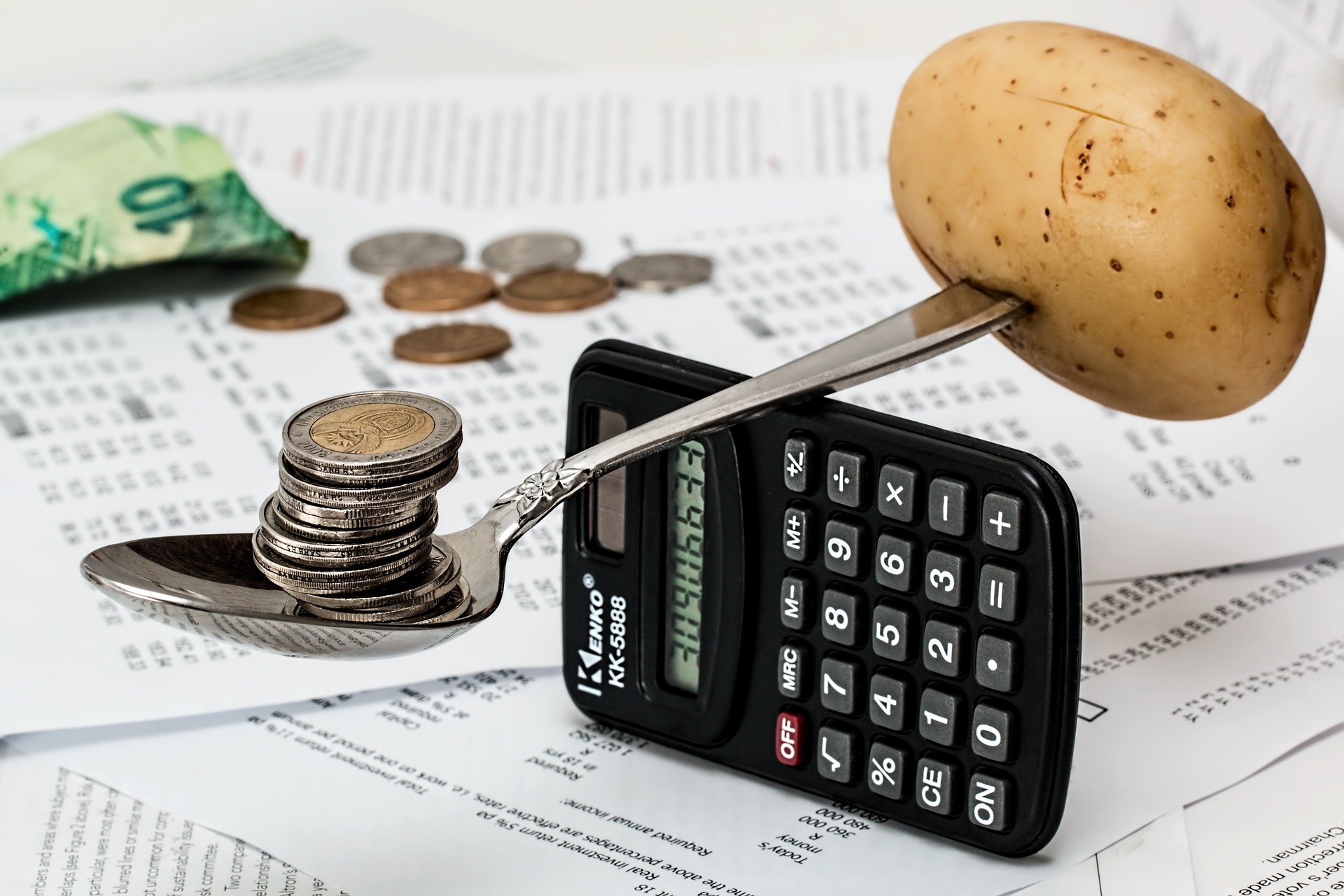
App development costs for a full-featured fitness solution depends on whether we need to implement:
- Artificial Intelligence/Machine Learning (e.g., to recognize user movements during exercises).
- Compatibility for Bluetooth Low Energy (BLE) and a variety of hardware connections.
- Include features such as voice integration and video streaming, among others.
The same app monetization models apply to fitness apps as they do to other mobile software. You can make money by selling through in-app purchases or subscriptions. If you have tangible sports equipment or food to sell, you can also open an e-commerce store. If you’re using a subscription model for your personal training app (and you should), keep it separate from the app at first.
Create Your Own Fitness App in 5 Steps
Step 1: Market Research/Choose A Platform
Your target audience would prefer to use your software on a tablet during the day and then watch TV or check a few stats on their wrist in the evening. The following are some of the questions you’ll need to address at this stage:
- What is my USP?
- What platforms (mobile and elsewhere) do I need to cover?
- How do I envision users interacting with the app?
Step 2: Prototype & User Test
While market research is something you can accomplish on your own, prototyping is usually when you need to hire an agency with UX/UI expertise. This stage tries to transform your app concept into its first usable form: a prototype.
Start with a low-fidelity version of the design before moving on to a high-fidelity prototype. Finally, test and iterate with your test clients to confirm that the solution works as expected and generates good feedback.
Step 3: Choose The Stack
Why is it critical to devote time to selecting the best technology stack for your project? There are several causes for this: your decision will have an impact on the cost of developing a unique health and fitness app & your mobile product’s possibilities may be restricted by a tech stack.
Step 4: Build, Test & Repeat
Testing is an extremely important step in the entire application development process. It determines whether your app is ready for an official launch in the market or not.
Repeated tests will highlight any issues, bugs, etc. that are still in the application, hindering its performance. This is why testing gives you a chance to fix such issues & present a high-quality product to your final consumers.
Step 5: Release & Maintain
If you wish to expand your business, you’ll need to do the following:
- A built-in mobile analytics tool can be used to track app usage (like Google Analytics or Flurry)
- Keep an eye on user reviews and feedback from within the app (via email or a built-in customer feedback tool)
- Continue to improve the solution by adding new features and tweaking current ones in response to customer input.
Does the entire procedure of fitness app development sound like a tedious task? We are here to help you out!
42Works Fitness App Development Services
We at 42Works hold great expertise in providing relevant digital solutions to our fitness industry clients. Be it a responsive website, a landing page driving crazy gym inquiries and the leads, or the fitness mobile apps, we have a solution for your each and every digital need.
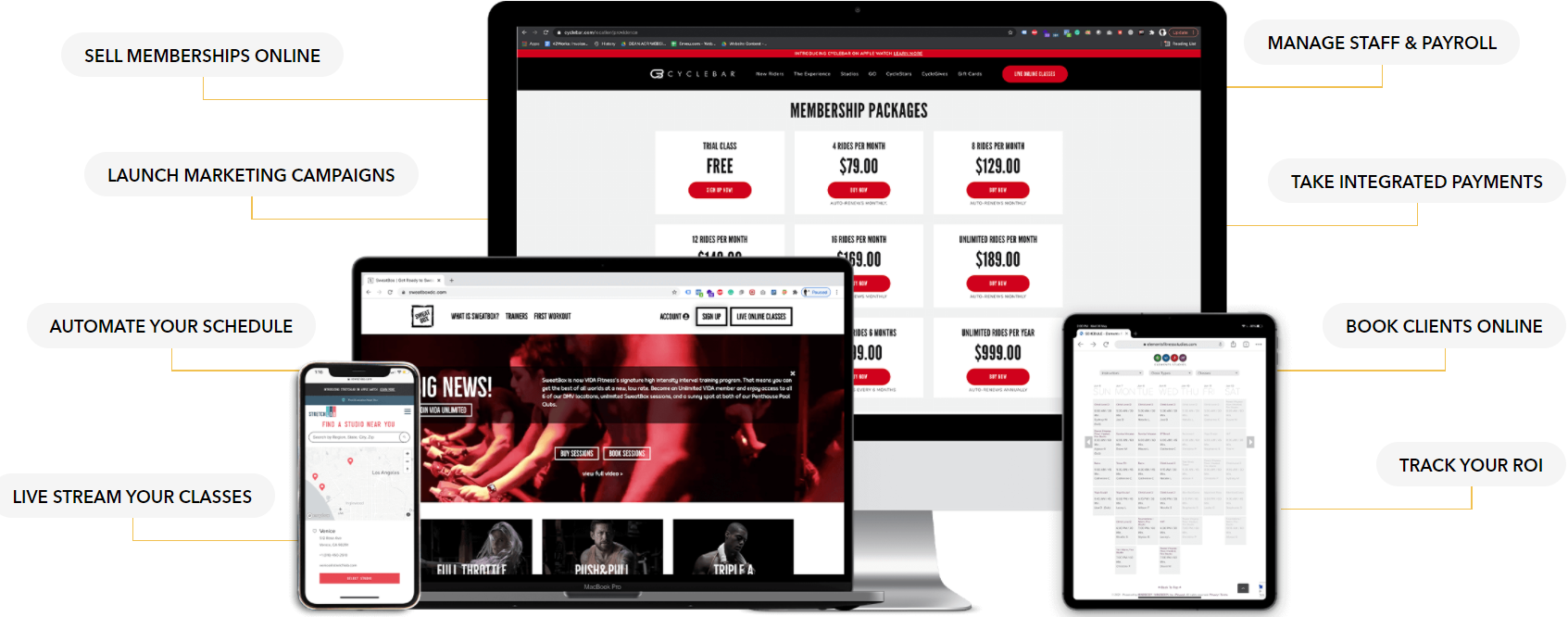
42Works Digital Solutions
We develop feature-rich, digitally transformative, and user-friendly mobile apps.
[blockquote author=”Paul, UA Companies”]42Works is a one stop shop and can deliver almost any fitness project both quickly and cost effectively[/blockquote]
Don’t hesitate to reach out to us at: contact@42works.net.


